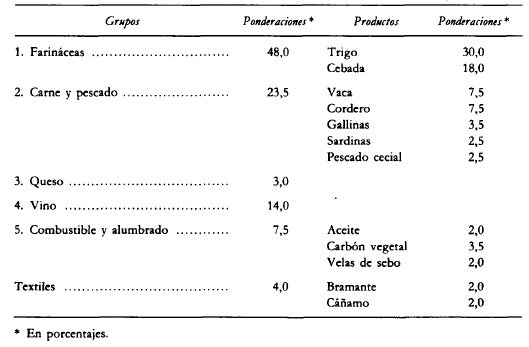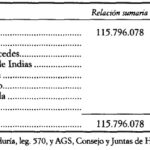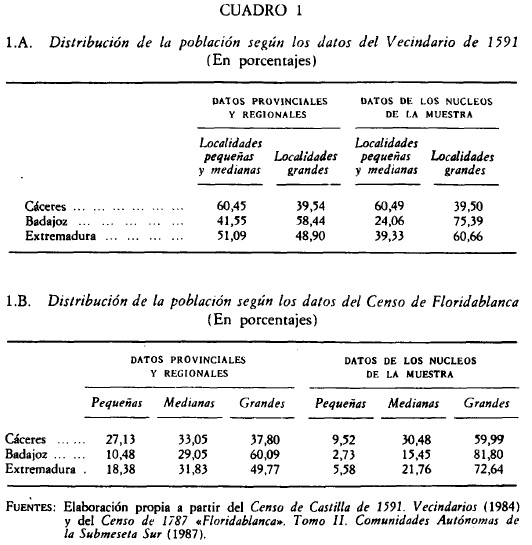
The controversy surrounding the quantification of precious metals has always revolved around attempts to provide accurate figures for the stock of metals arriving in the fleets. However, the controversy is still open due to the impossibility of agreeing on the figures arrived for private individuals due to the increase in fraud during the 17th century. The interest in more rigorously specifying this type of figures is due to the fact that these funds contributed very directly to the financing of the Crown’s policy. It should be noted that, although precious metals were not the only source of credit for the monarchy, American remittances were attractive to large international bankers. These remittances have highlighted the limitations of official sources in providing real figures. Funds whose origin did not fit into any of the public concepts were recorded in the fleets as “particulares”. These items have been considered as the remittances of emigrants and the savings of passengers returning to Spain, although the majority came from Spanish trade with America – although this definition is only valid for the 16th century. Some of the merchants recorded the money obtained from selling their products and sent it to the Peninsula in fleets, but this became anachronistic from 1650 onwards when the pressure increased. Part of these funds belonged to the Royal Treasury, but in the case of private funds they were far from being the return of the profits from trade. This clarification raises two issues: the loss of the term “private” and the upward modification of the values given to the remittances sent to the Royal Treasury. Of the two fleets from New Spain that arrived in Cadiz in 1636, the king ordered 94% of the amounts to be added for different tax exchanges. In 1655, according to the summary reports, the Council made a series of corrections to the amounts registered on the azogues ships to obtain 26.6% of the arrival. Although this was insufficient, the king ordered further additions, placing 67% at the disposal of the Royal Treasury. The explanation for this variation lies in the funds of “particulares”. According to the Treasury Council, the amount of private money was 24,612,134 maravedíes, including the value of goods.
Collection: Statistics
Project: 2. Social and economic impact of technological revolutions in Europe., 3. Rural world and urban world in the formation of the European identity.
Chronology: XVII
Scope: Secondary Education, Baccalaureate, University
Resource type: Statistics
Format: Table
Source: Álvarez Nogal, Carlos, «Las remesas americanas en las finanzas de la Real Hacienda. La cuantificación del dinero de la Corona (1621–1675)», Revista de Historia Económica, Journal of Iberian and Latin American Economic History, 16, 2 (1998), pp. 453–488.
Language: Spanish
Date: 1998
Owner: Álvaro Romero González (Modernalia)
Copyright: © Carlos Álvarez Nogal, © Revista de Historia Económica
Abstract: Particular funds registered in the quicksilver ships belonging to the American shipments on their arrival in Spain
Image
Tags






